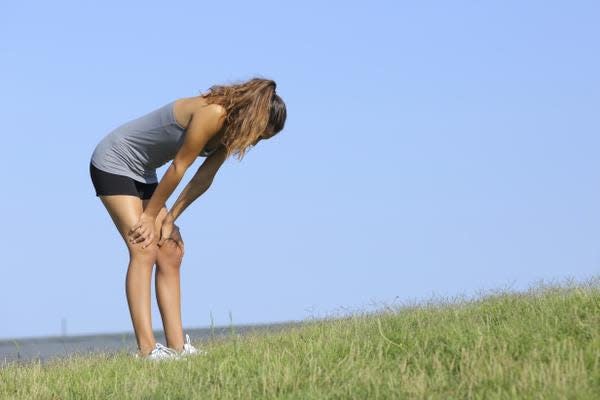Blisters can be hard to heal once they happen, here are tips on preventing them

Dear Adam: My teenage son, a seven-day-a-week basketball player, occasionally gets blisters on the bottom of his feet. Because he is continually practicing for his school team and his AAU team, there's no real downtime for healing. We treat it aggressively and hope for the best.
As a runner, do you have any preventive measures you take to stave off those painful blisters? And, when you get one, how do you treat it and continue to exercise?
— Gina Leeds, Edmond
Blisters are the worst!
As with so many things, an ounce of prevention is worth a pound of cure, so my general approach is to do all I can to keep areas prone to developing blisters from getting irritated. That means a pre-exercise application of an anti-chafing agent — I use Body Glide, a roll-on stick — on the parts of my feet most likely to generate “hot” spots.
I also stay vigilant against my feet getting or remaining moist. Immediately after exercise, I change out of my shoes and socks into dry ones (or flip-flops or bare feet to allow my feet to air out and dry off). In the heat of summer, I’ll even swap out for dry shoes and socks mid-workout if they’re getting swampy.
When preventive measures fall short and I end up developing blisters, I keep employing those same strategies. Plus, I try to resist popping and peeling the blisters. Instead, I let them burst naturally.
I’ll use a lot of Vaseline on the area — and Neosporin to prevent infection once they pop — to keep it lubricated and also wrap or cover it if I can. The long-term hope is to get blisters to slowly transform into calluses, and that’s best done when a popped blister becomes a flap of skin that eventually hardens. (Yuck. Sorry!)
Until that happens, the blister bubble, while uncomfortable, is actually a sort of protective cushion. And it’s a lot less painful than when you pop and remove the skin, only to expose a raw, sensitive spot.
When, to my eventual regret, I did that as a college athlete, trainers used gauze and a piece of plastic they’d cut into a doughnut shape (with the blister at the center) to protect the painful area.
Of course, the best thing to do is to take a break and let it heal. But it doesn’t sound like that’s a luxury your son can afford.
Adam Cohen is a marathoner and senior vice president and general counsel of the Oklahoma Medical Research Foundation. Submit your health questions to contact@omrf.org.
This article originally appeared on Oklahoman: Athletes can take preventative measures to keep from getting blisters
